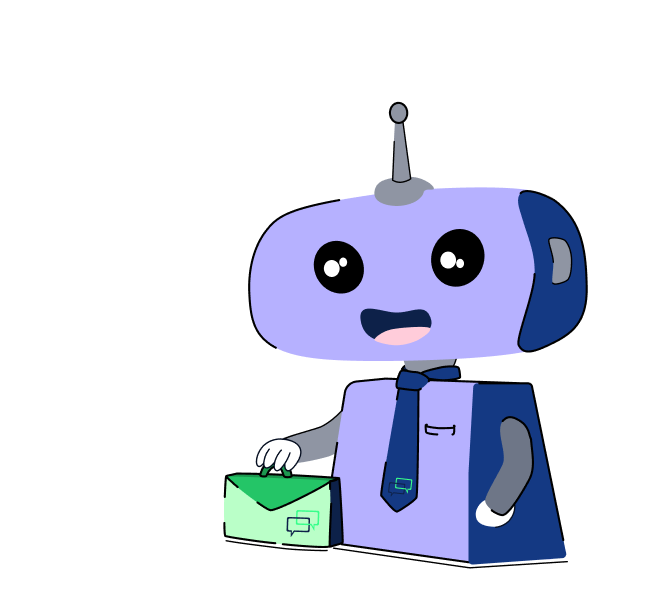Die Case-Interview-Basics beinhalten Schritt für Schritt alles, was du für erfolgreiche Case-Interviews wissen musst. Du lernst generelle Infos zu Case-Interviews, wie du dir wichtige Consulting-Skills aneignest, welche Case-Typen es gibt und wie du Cases strukturiert löst.
Anschließend erfährst du, wie du Frameworks effektiv einsetzt und die wichtigsten Rechnungen in Cases souverän anwendest. Im Exkurs Management-Theorie & Begriffe findest du eine kompakte Sammlung zentraler Konzepte. Am Ende geben wir dir Tipps, wie du das Gelernte in Peer-to-Peer-Meetings übst – für realistische Praxis und mehr Sicherheit im Interview.
Dieser Guide ist der komplette Einstieg für alle, die Case-Interviews meistern und ihre Consulting-Karriere starten wollen.



